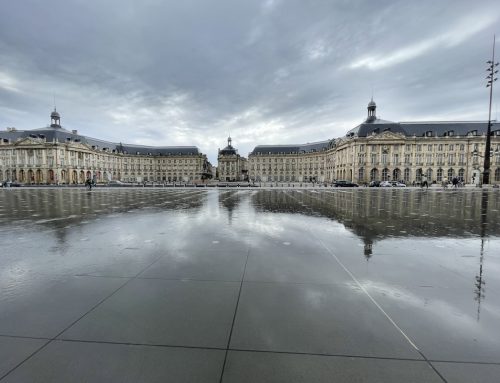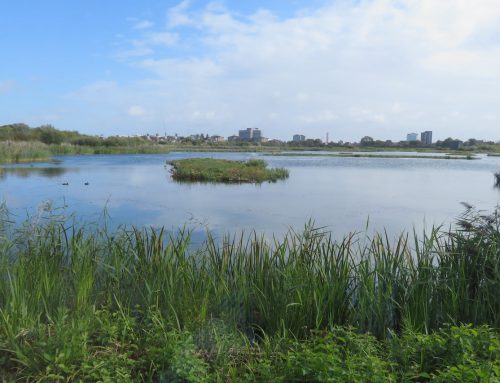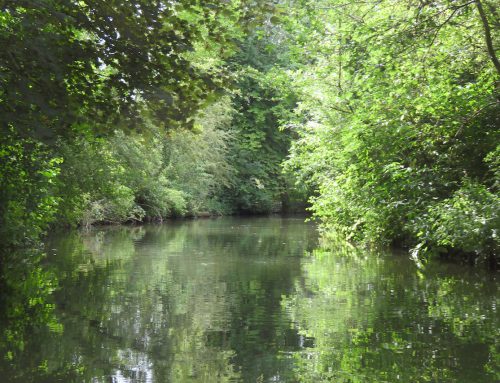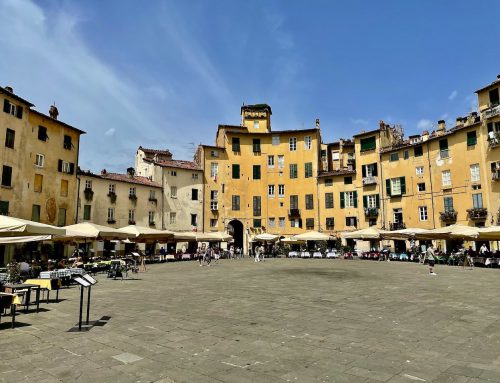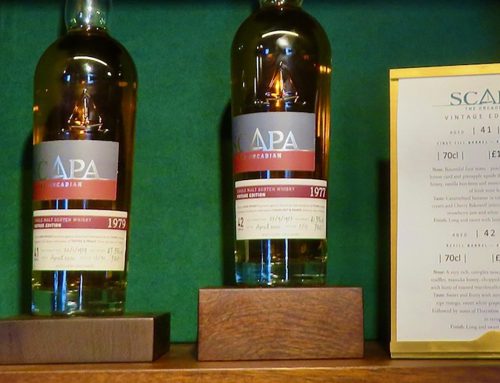Chania – city of the unexpected
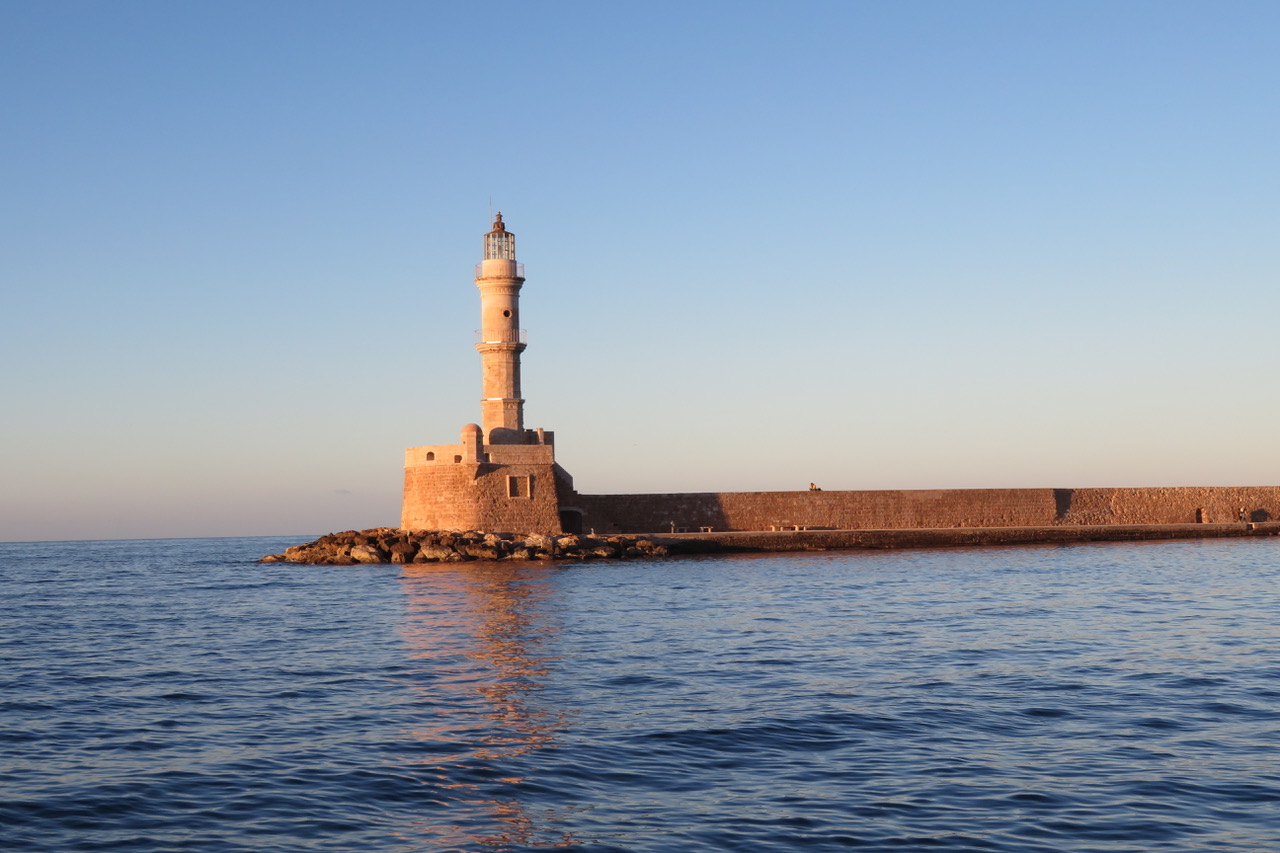
Chania Lighthouse - one of the world's most famous

Chania Lighthouse - one of the world's most famous
Chania, Crete, Greece
I have a plan, a brilliant one for retirement. As I wander the streets of Chania, Crete’s second largest city, it is clear what I must do. I will join the Greek elderly, sit at a harbourside café table, which will be round, metal and maroon, and stir my coffee clockwise - it has to be clockwise for some reason - while discussing the problems of our era with likeminded retirees. I will grow a grey beard, develop a paunch, and stare into the distance with authority. For that seems to be what happens first thing in the morning in Chania, as the tourist Mecca wakes up to another day.
In the town’s early hours, late for some, early for Greece, the occasional foreigner clatters wheelie luggage along the city’s narrow, cobbled streets. Meanwhile, the cafés are filled with men, it is largely men, discussing matters politic, economic and social. They look serious, talk in subdued tone, almost like secret agents. Then one will unexpectedly leap to his feet, wave an arm or hand, and shout something like, “Stavros!” while pointing in exasperation to a seated friend. Their companion has likely taken a different view.
I have discovered several cities since arriving in Chania. There is the one the world comes to see. The 4.5 million tourists that visit Crete each year, Greece’s largest island, many of whom spend time in Chania. It sounds a lot but is tiny when compared with the 32 million who annually visit Greece, the country. In Chania, visitors see the ancient town and its narrow streets. They absorb its history, mankind has been there for more than 3000 years, and they stay in one of its 436 hotels. This is the Greece I favour, the one I recall from my childhood spent in Athens. An upbringing when, as a teenager, I shattered taverna crockery while dancing the Greek sirtaki to the strains of Zorba The Greek. The Greece, where I pigged out on cold rice pudding and a ton of sticky cakes. You can pig out in Chania, too, and are spoiled for choice with its restaurants.
But there is another Chania as well. The city of protest, streets filled with homeless cats, so many I gave up counting, and the occasional breathless dog ridden with arthritis. Chania is a city of scrawled graffiti, and certainly for the protest poster. The anarchist group, Rosa Nera, has occupied an historic building on a prime piece of land overlooking the harbour. Twenty years without a wage rise, 40% cuts in salary, and the abolition of stamps, bonuses and insurance, are each a cause for an anarchist’s existence. This is the alternative Chania, which the world may not see. No wonder elderly Chaniotes, for that is what they call men from Chania, sit at café tables and make their point. They have plenty of reason to argue.
For Chania’s ladies, there seems less café discussion. There are those who shop-keep, are generally younger, and are in the streets each morning, sweeping and polishing their shops until they gleam. There are elderly ladies, too. Some may be cleaning, few are talking, while plenty walk slowly through the town’s tiny streets. Chania is not a place where you hurtle from street to alley, it is a city where you take your time.
When it comes to Chania’s wanderers, the nifopazaro, as the Greeks call it, is at full tilt on the city’s harbourside. This is how girl meets boy. The men walk in groups of six or seven in one direction and pretend not to notice, as the ladies walk towards them in usual pairs. When the two groups pass, eyes flash left or right, high heels wobble on cobbled surface, the men pull back their shoulders, perhaps nervously elbow a colleague, and then begin to swagger. Through this process, some hidden message passes, as the lady selects her man. The system has been active for centuries and is how rural society has functioned. Pair bonding is alive and well in Chania.
There are paradoxes, too. The Jewish synagogue, they call it Etz Hayyim, undamaged by conflict, its wrought-iron Star of David clear for passers-by to see. How the place survived, when so many others were destroyed by hatred, says much to the understanding of our forefathers. There are the nearby Turkish baths where you can buy a couple’s massage within throwing distance of a spectacular orthodox church. Or, the Greek National Football Museum with its more than 1000 exhibits, the biggest anywhere dedicated to a national football team. All these, and so much more besides, squashed together in close proximity, linked by the narrow, cobbled streets of Crete’s second city.
There is so much unexpected in Chania.
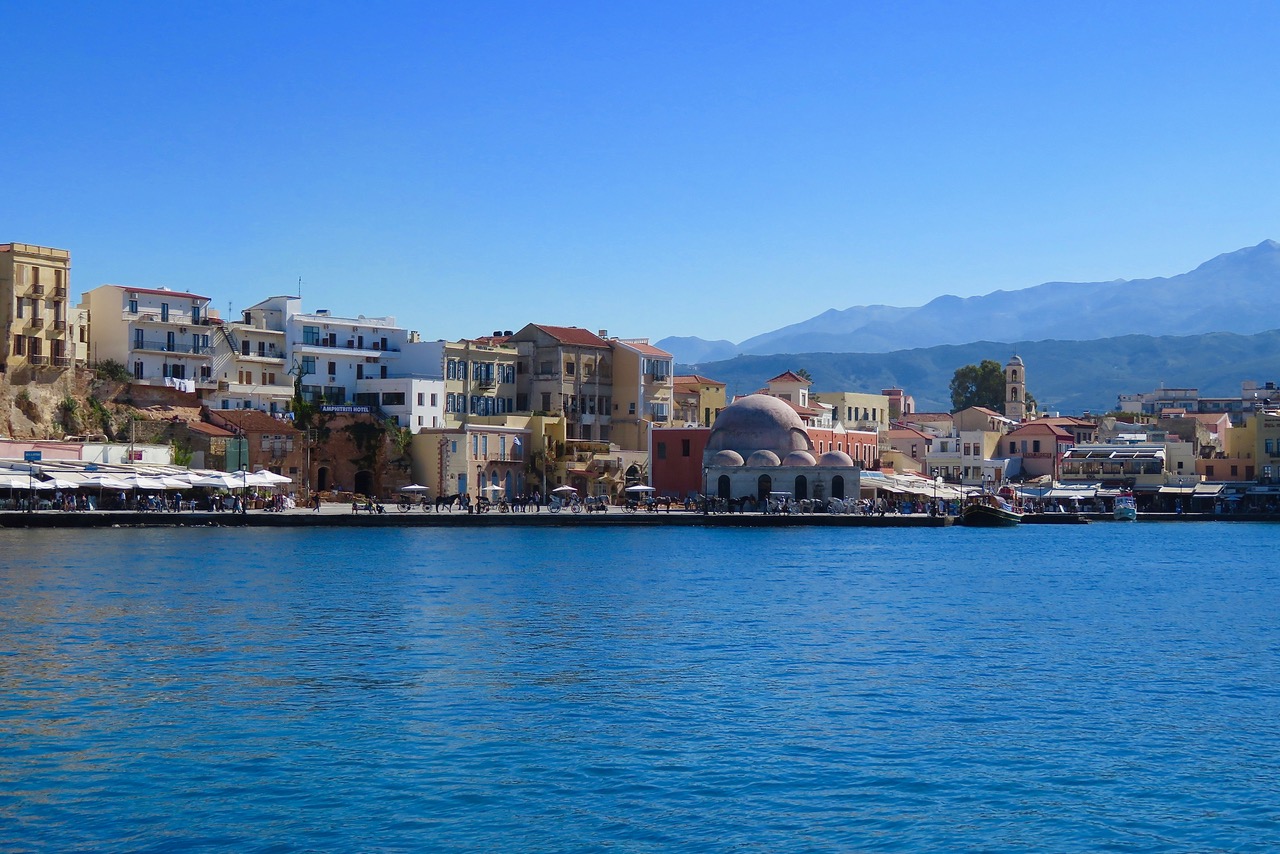
Chania's scenic harbour with Crete's White Mountains not far behind
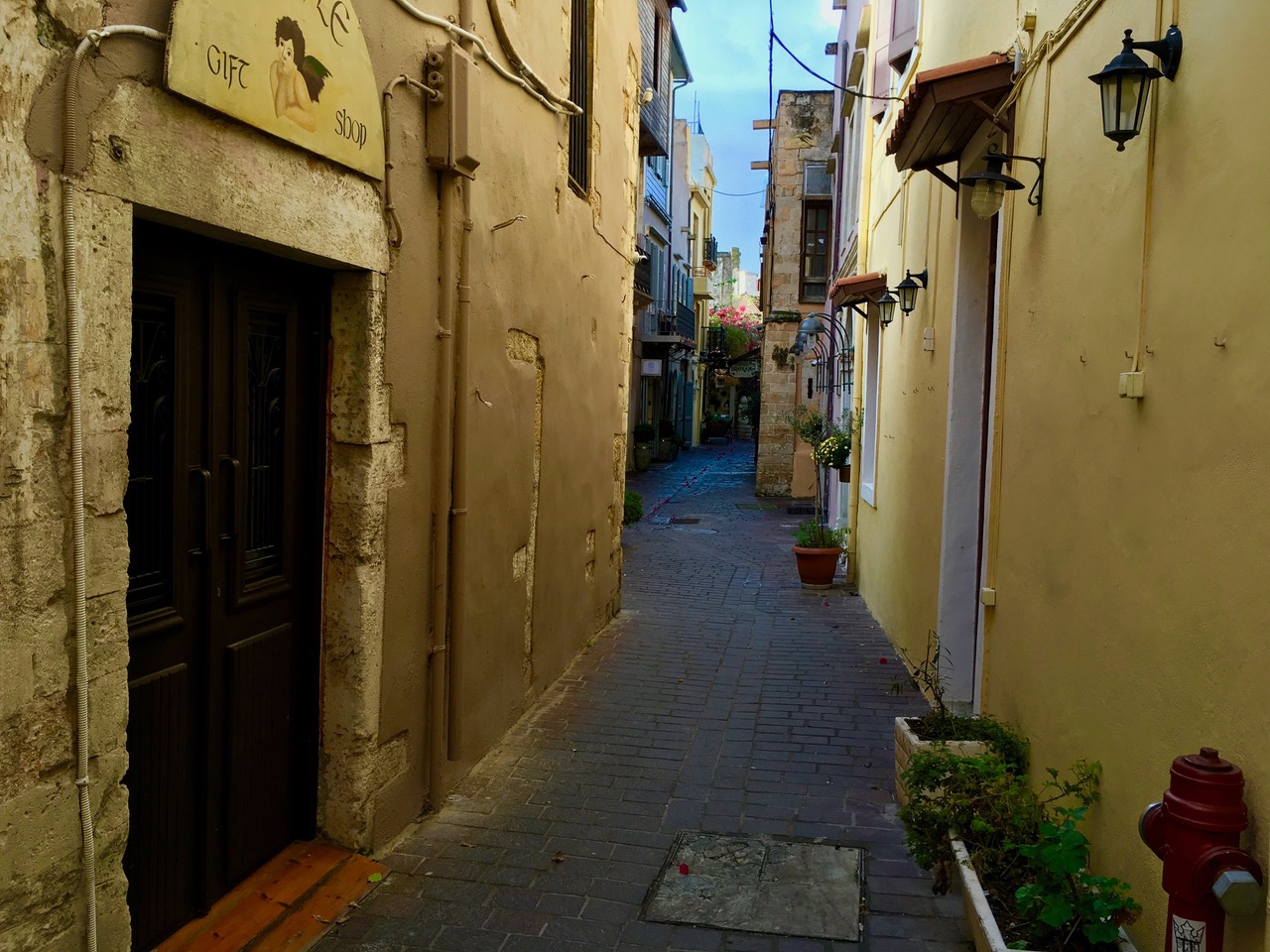
Chania's tiny streets
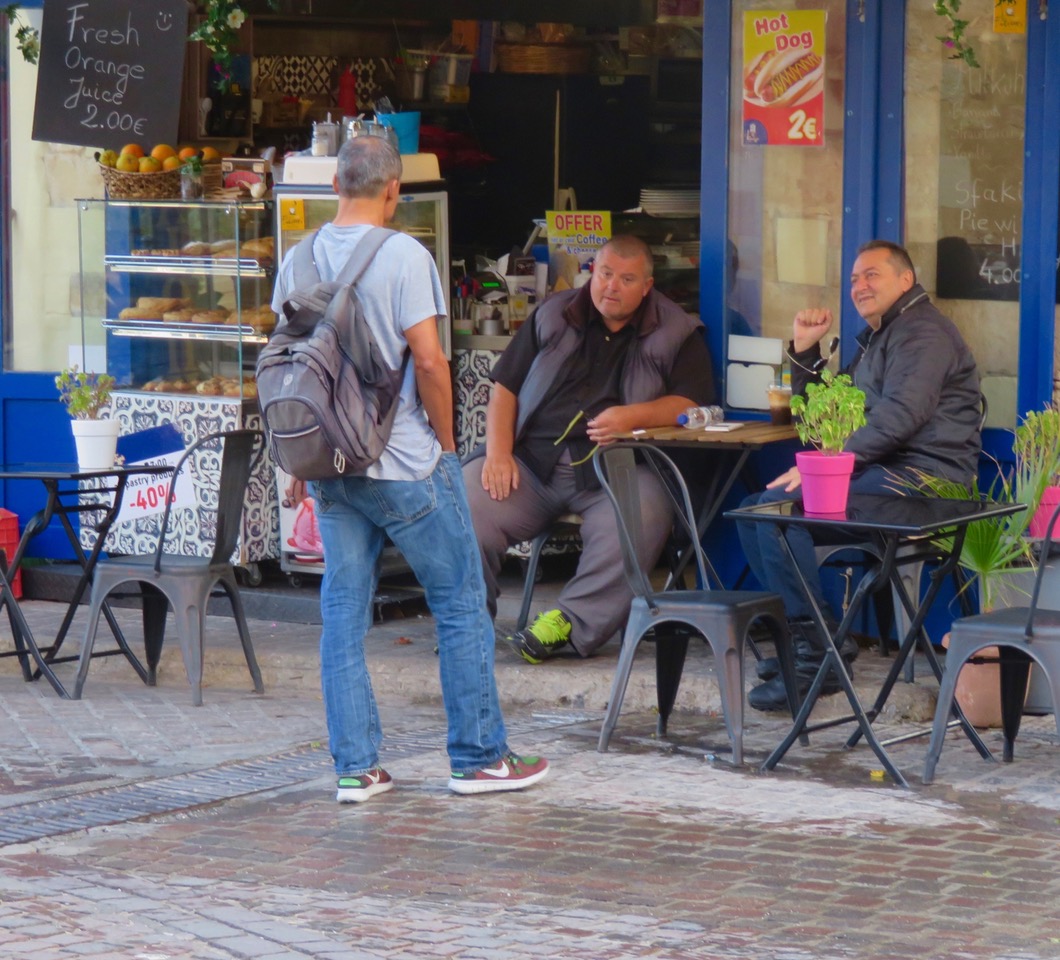
Early morning Chania - locals solve the worries of the world
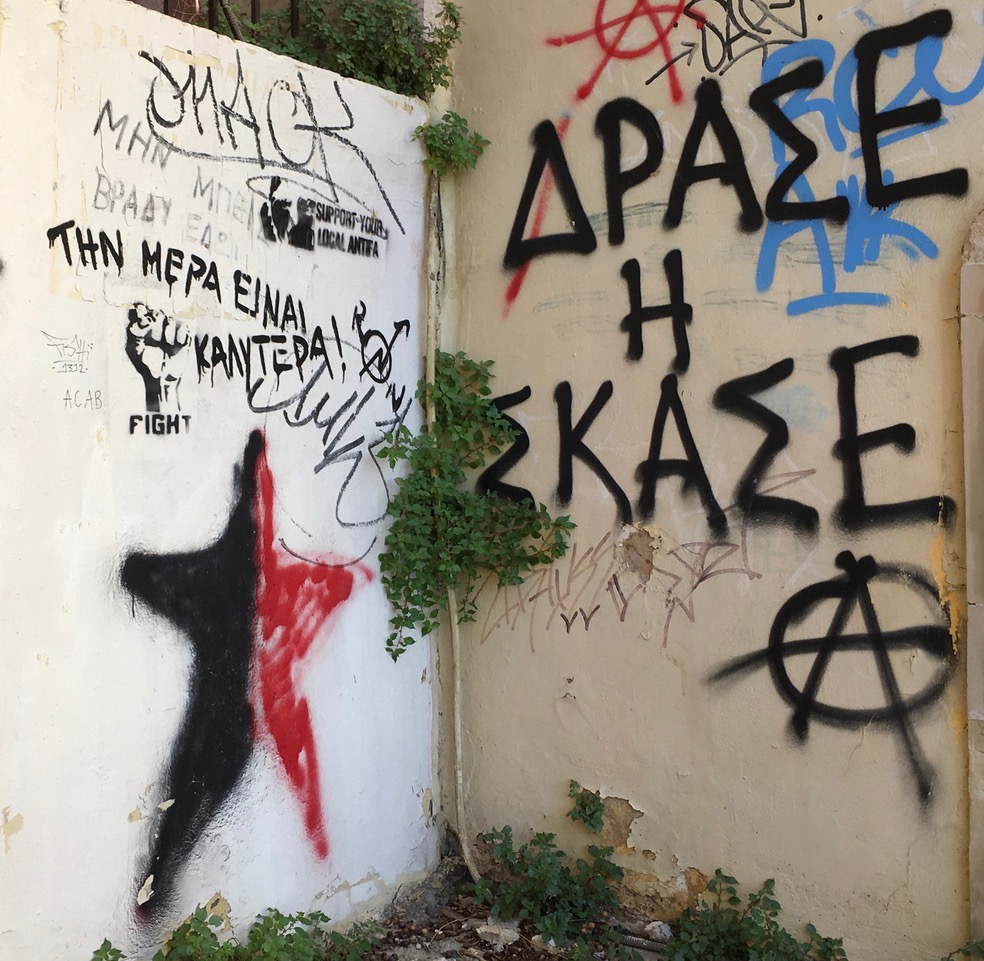
Protest is alive in Chania - the main message reads "Act or Shutup"


